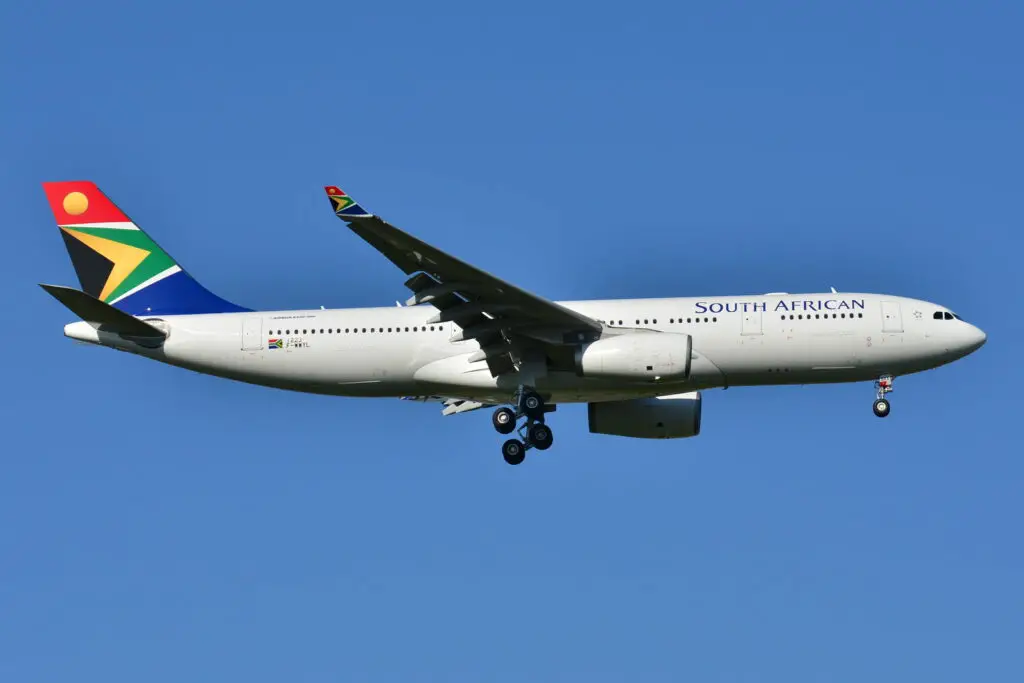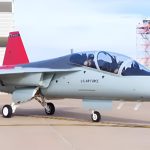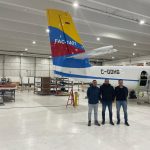French and South African investigators are analyzing an in-flight incident that occurred on October 27, involving a South African Airways (SAA) Airbus A330-300, which experienced attitude oscillations during the cruise phase of a domestic flight between Cape Town and Johannesburg.
The aircraft, registered as ZS-SXJ, was cruising at an altitude of 41,000 feet (FL410) when it began oscillating between “nose-up” and “nose-down” movements. According to the Bureau d’Enquêtes et d’Analyses (BEA) of France, these movements gradually increased in intensity.
The co-pilot, who was in control, noticed that the speed trend vector increased by approximately 40 knots, entering the maximum speed protection range (overspeed). To avoid an overspeed event, the autopilot was disengaged, and the aircraft was manually controlled to reduce the pitch to about 1.5-2 degrees, which stopped the acceleration.
However, shortly afterward, the trend vector indicated the opposite variation, with a reduction of 40-50 knots toward the angle of attack protection range (Vls/Vprot).
The flight continued to its destination, OR Tambo International Airport (FAOR), where it landed safely. However, four occupants of the aircraft sustained minor injuries during the event.
The investigation is being led by South African authorities, with support from the BEA. Investigators aim to determine the exact causes of these attitude oscillations, which could include technical factors, environmental influences, or control system errors.
Significance of the investigation
This type of analysis is crucial to understanding the underlying factors that may have contributed to the flight’s instability. Additionally, it will enable the implementation of corrective measures to prevent similar incidents in the future.
The aircraft involved, an Airbus A330-300, is frequently used for long-haul flights and has proven to be reliable, making this event unusual and warranting thorough investigation.














